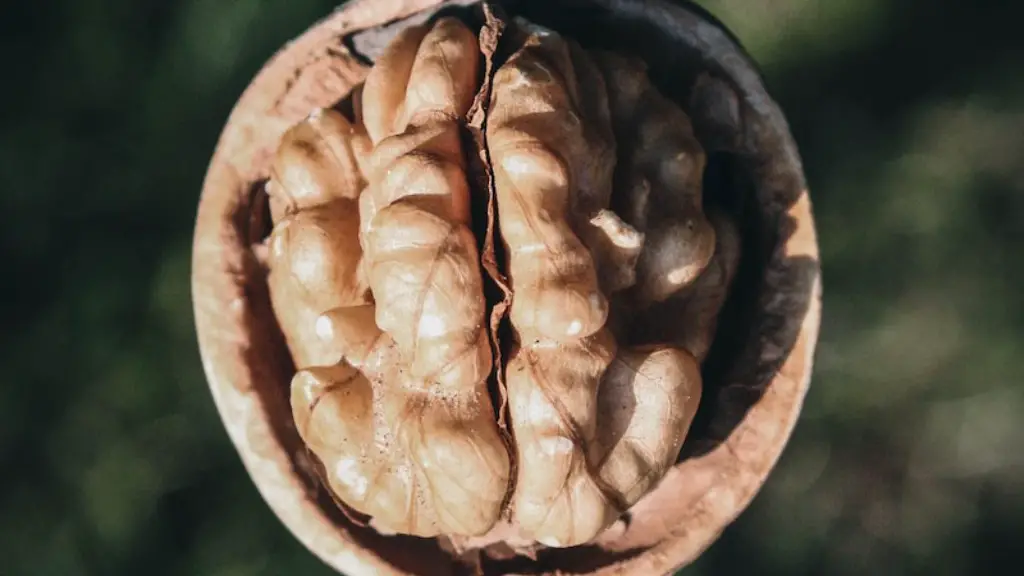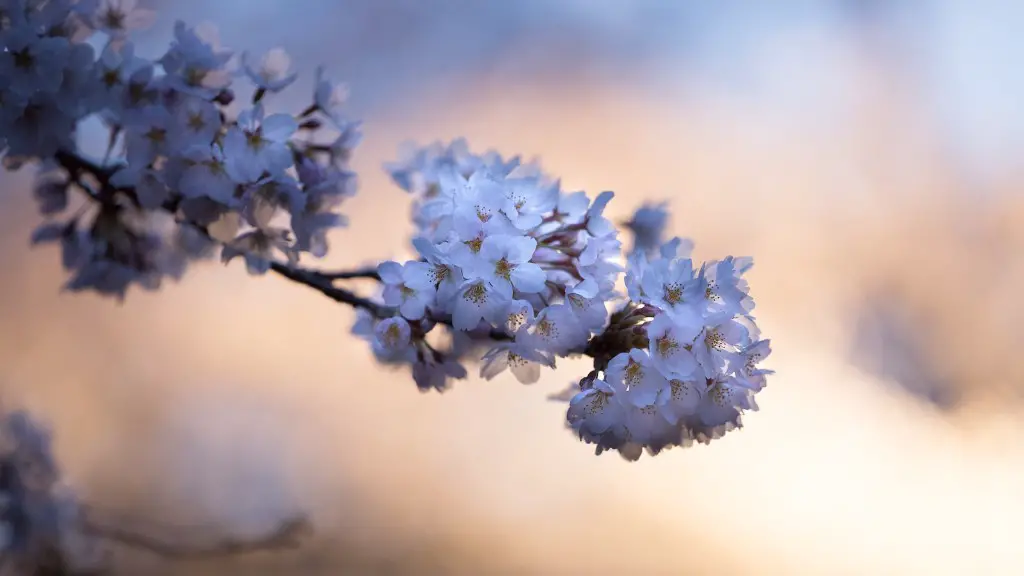Yellow spots on apple tree leaves can signify a range of problems and each has a specific cause. In this blog post, I’ll discuss four of the most common issues that cause yellow spots on apple tree leaves. The first issue is magnesium deficiency, which will cause the yellow spots to appear on the leaves in between the veins. The second is an overabundance of zinc which, due to competition between the two elements, can leave behind yellow spots on the leaves, mainly around the veins. The third cause of yellow spots is fungal leaf spots, which are best identified by the dark borders or edges that surround the yellow spots. Finally, yellow spots can be caused by other high concentrations of elements, such as calcium or boron, which leave yellow spots all over the apple tree leaves.
Magnesium Deficiency
The foremost cause of yellow spots on an apple tree’s leaves is magnesium deficiency. This occurs when the tree does not have enough available magnesium for the leaves to absorb, resulting in their chlorophyll structure breaking down. This leaves behind the yellow spots on the leaves in between the veins. The severity of the appearance and yellowing of the leaves will depend on the amount of magnesium the tree has available for uptake. Care should be taken to ensure the correct application and dosage of magnesium is given to the tree as too much can lead to iron deficiency.
Furthermore, magnesium deficiency is not the only cause of yellow spots on apple tree leaves, as discussed in the previous section. If magnesium levels are adequate, then you will need to look into other possible causes of the yellow spots on the leaves. It is important to understand the causes in order to treat the problem correctly.
Overabundance of Zinc
An excess of zinc in the soil can be another reason for yellow spots on apple tree leaves. The two elements, magnesium and zinc, compete for uptake by the tree and leaves, and if there is a much larger presence of zinc in the soil, then the availability of magnesium is reduced. This results in yellow spots primarily around the veins of the leaves. The yellow spots usually appear intermingled with the green of the leaf’s normal color, making them harder to recognize. Two of the most common signs that your apple tree may have an overabundance of zinc are the yellowing of the leaves, and the expansion of the petioles. It is important to address the excessive zinc levels in order to prevent any further yellowing of the apple tree leaves.
You can do this by supplementing magnesium which will help reduce the presence of zinc in the soil. However, this should be done in moderation, as too much magnesium will result in other issues such as iron deficiency. It is also important to note that zinc accumulation can be caused by other circumstances such as poor air circulation, extended exposure to sunlight, or over-fertilization.
Fungal Leaf Spots
Fungal leaf spots are the result of fungal infestations and appear mostly on the undersides of the leaves. They are small yellow spots that usually have a dark border around them. These spots may be hard to notice at first, but will become more apparent as the fungus spreads. Fungal leaf spots are often caused by incorrect watering or humidity levels, or if there are any excessive nutrients in the soil such as nitrogen. It is important to identify whether or not a spot is caused by a fungal infection in order to effectively treat it.
The best way to do this is to remove and inspect the affected leaves. If the spots are found to be caused by fungus, then you should treat the tree with a fungicidal spray or soil drench. Additionally, you should also ensure that the tree has good air circulation and adequate water and nutrients to prevent these fungal infestations.
High Concentrations of Other Elements
High concentrations of elements like calcium and boron can also cause yellow spots on apple tree leaves. In general, these yellow spots will be interspersed with the normal color of the leaves and can appear anywhere on the leaves. Calcium is usually found in calcium-rich mulches or soil amendments, and too much of it can block the uptake of certain vital nutrients, resulting in yellow spots. Boron is essential for cell wall formation and can become toxic if the levels become too high.
In the case of either element, it is important to understand the source of the problem. If you suspect that the yellow spots are being caused by an overabundance of calcium or boron, then you should test the soil or mulch for elemental levels. If they are indeed too high, then you will need to reduce them either through soil amendments or a reduction in the input of the element. You should also ensure that the soil or mulch is not over-fertilized, as this can also lead to high levels of elements that can cause yellow spots on your apple tree leaves.
Reducing Lime Accumulation
The most important thing to be aware of when dealing with yellow spots on apple tree leaves is that lime accumulation can also play a part. Lime accumulation is caused by high levels of calcium, and can make the soil too alkaline for the tree to take up nutrients. This in turn can lead to yellow leaves and spots, as there is nothing for the tree to uptake. To prevent lime accumulation, you need to ensure that the soil or mulch remains at the correct pH levels. This can be done by testing the pH and adjusting it accordingly, as well as ensuring that there is not too much calcium in the soil.
Additionally, lime can also be reduced by adding organic matter or compost to the soil. This will help to keep the pH levels in balance and provide the tree with much-needed nutrients. If you suspect that lime is the cause of your apple tree’s yellow spots, then these tips should help to alleviate the problem and protect your tree’s leaves.
Improving Air Circulation
Air circulation is key when it comes to preventing yellow spots on an apple tree’s leaves. Poor air circulation can lead to fungal leaf spots, as well as an overabundance of zinc and other elements. Poor air circulation can be caused by a number of factors, such as over-crowding, overcrowding of trees, and too much leaf litter. To ensure good air circulation, you should keep trees well-spaced and remove any unwanted leaves, twigs, and branches from the tree.
Additionally, you should also ensure that the tree is getting adequate sunlight and water. Too much shade will reduce the amount of photosynthesis the tree can do, and too little water will reduce the amount of water available for photosynthesis. Both of these can lead to yellow spots appearing on the leaves. Therefore, it is important to maintain a healthy balance of sunlight, water, and air circulation to ensure the apple tree is healthy and problem-free.
Using Mulches and Compost
The use of mulches and compost can help to reduce the appearance of yellow spots on apple tree leaves. Mulch is a great way to keep the soil temperatures consistent and also acts as a barrier to potential fungal infections and nutrient imbalances. Compost also provides the tree with essential nutrients and helps to reduce the accumulation of lime and other elements that can cause yellow spots. The addition of mulches and compost should be done gradually and monitored, as too much or too little can still lead to yellow spots appearing on the tree leaves.
Overall, it is important to be aware of the causes of yellow spots on apple tree leaves and to understand how to prevent and treat them. Although there are many causes, the most common are magnesium deficiency, an overabundance of zinc, fungal leaf spots, and high concentrations of other elements such as calcium and boron. If you suspect that any of these are the cause of your tree’s yellow spots, then you should take action to correct the problem. Additionally, improving air circulation, regular testing of soil pH levels, and adding mulch and compost to the soil can also help to reduce the appearance of yellow spots and promote healthy growth in your apple tree.


